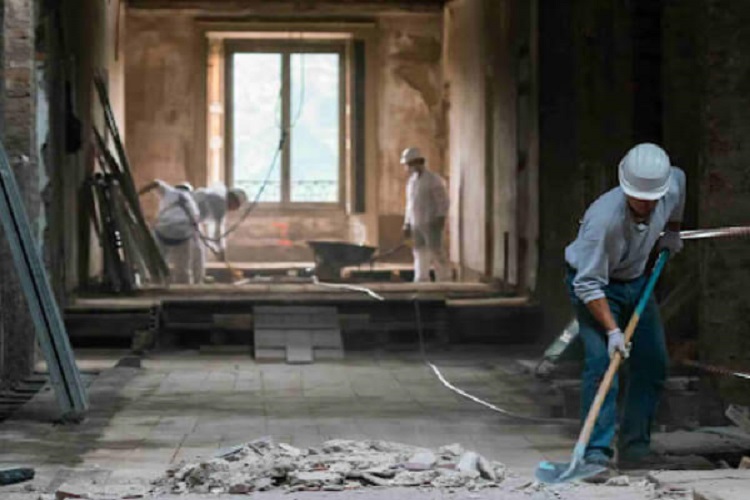
Experiencing a fire in your home or business is a traumatic event that leaves emotional, physical, and financial scars. While the immediate aftermath can feel overwhelming, restoring your property and belongings is possible with the right approach. Cleaning up the debris is only one aspect of fire damage restoration; meticulous planning, technical know-how, and attention to detail are also necessary. For those seeking fire damage restoration in Charlotte, working with experienced professionals ensures that the restoration process is handled efficiently, minimizing both damage and disruption to your daily life.
Table of Contents
1. Prioritize Safety Above All Else
After a fire, safety is the top priority. Even though the fire itself may be extinguished, the risks continue. Due to structural damage, potentially dangerous materials, and electrical hazards, it is not safe to return to your property without a comprehensive evaluation. Do not attempt to start the cleanup process unless you are certain the building is safe. Always wait for the fire department or a professional restoration company to declare the area safe.
If you have to go inside to get valuables or look at the damage, make sure you wear the right safety gear, like masks, gloves, and sturdy shoes, to keep from getting hurt by sharp objects, soot, or chemicals.
2. Contact A Fire Damage Restoration Professional Immediately
The sooner you start the restoration process, the better. If smoke and soot are not removed right away, they can cause long-lasting damage by penetrating deeply into the building’s structure. If the fire extinguishing water is not quickly dried and removed, it may also encourage the growth of mold.
A professional fire damage restoration service can assess the damage comprehensively and take immediate action to prevent further destruction. Experts use specialized equipment to clean and restore both the structure and the contents of your property, ensuring the process is as efficient and effective as possible.
3. Document The Damage Thoroughly
For insurance purposes, it’s crucial to record the damage before beginning any cleanup or repair work. Take photos of all affected areas and items, both inside and outside the building. This paperwork will back up your claim and guarantee that you get paid for the entire amount of the harm.
If possible, make a detailed list of all items that were damaged or destroyed in the fire. Include their estimated value and condition before the fire. The insurance claims process will go more smoothly if your records are more thorough and well-organized.
4. Secure Your Property
Once it’s safe to go inside, the property must be locked up to keep it from being stolen, damaged, or left open to the weather for longer. Fix any holes in the roof or walls and board up any broken windows. If you need to, cover damaged areas with tarps to keep water out, especially if it’s raining or water hoses were used to put out the fire.
Taking these steps not only protects your home but also shows the insurance company that you’ve taken measures to mitigate further damage.
5. Remove Smoke And Soot Damage
Managing smoke and soot is one of the most difficult parts of restoring fire damage. Smoke can penetrate every surface, leaving behind unpleasant odors and staining. Soot, the black residue left from the fire, can cause corrosive damage to materials and electronics if not removed promptly.
Professionals use high-powered vacuums, specialized cleaning agents, and advanced techniques like thermal fogging to eliminate smoke and soot. This process may also involve cleaning carpets, furniture, and walls to remove lingering odors and prevent further degradation.
6. Water Removal And Drying
If your property was exposed to water during the firefighting efforts, it is crucial to remove the water as soon as possible. An excessive amount of moisture can lead to the growth of mold and mildew, which can further damage your property and be detrimental to your health. Professional restoration companies have industrial pumps, dehumidifiers, and air movers to remove moisture efficiently and dry affected areas.
7. Salvage And Clean Personal Belongings
Fire often damages not only the structure of the building but also personal belongings, such as clothing, books, electronics, and furniture. Many things can be saved with the correct restoration methods, but some might be irreparable.
Professional cleaners with expertise in fire and smoke damage can frequently clean clothing and textiles. Electronics, if not too severely damaged, can be restored by specialists who can disassemble and clean the internal components.
Conclusion
The process of restoring fire damage is intricate and time-sensitive, requiring technical know-how, the proper tools, and close attention to detail. By prioritizing safety, contacting professionals immediately, documenting the damage, and following through with thorough restoration efforts, you can effectively restore your property and start the healing process.

